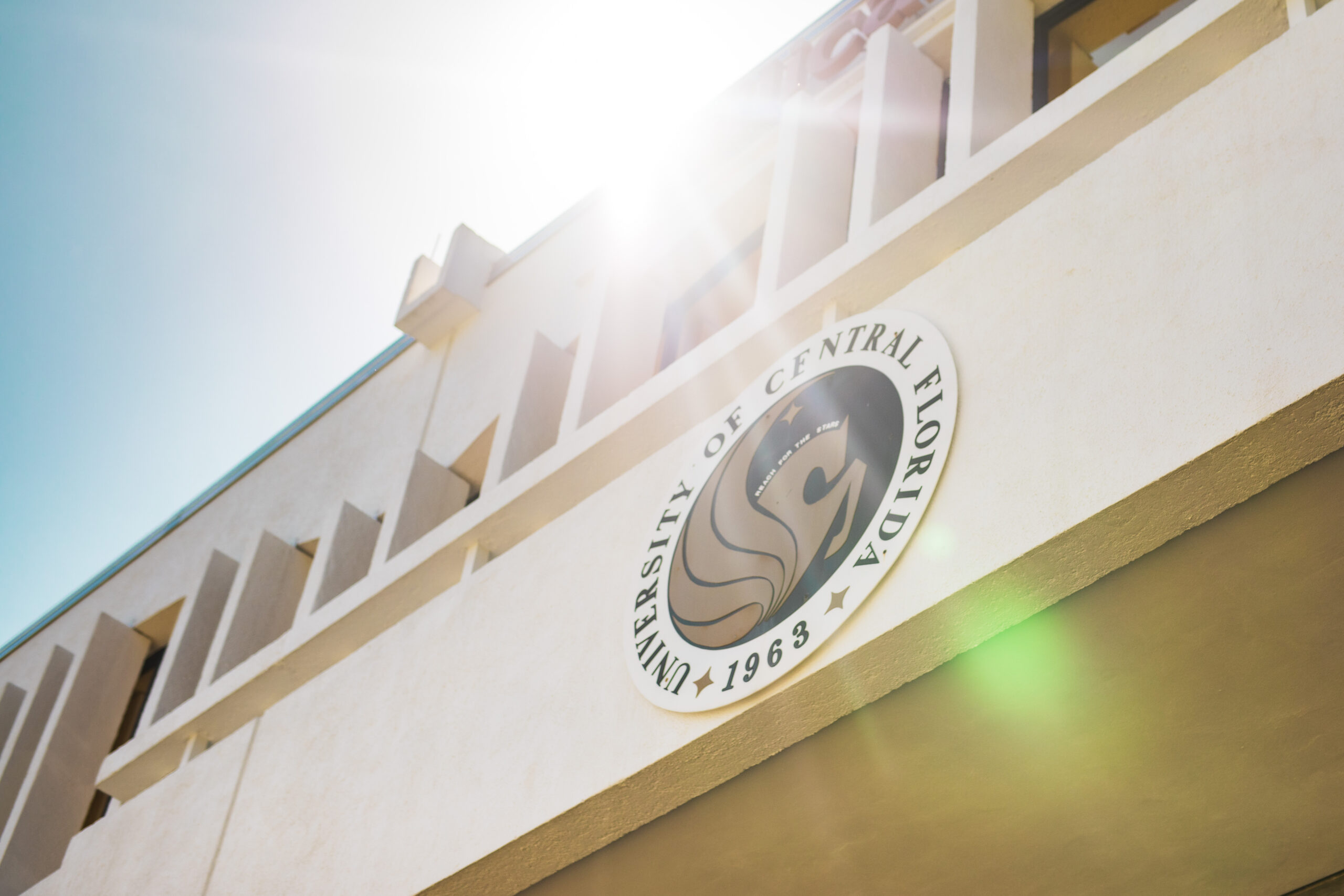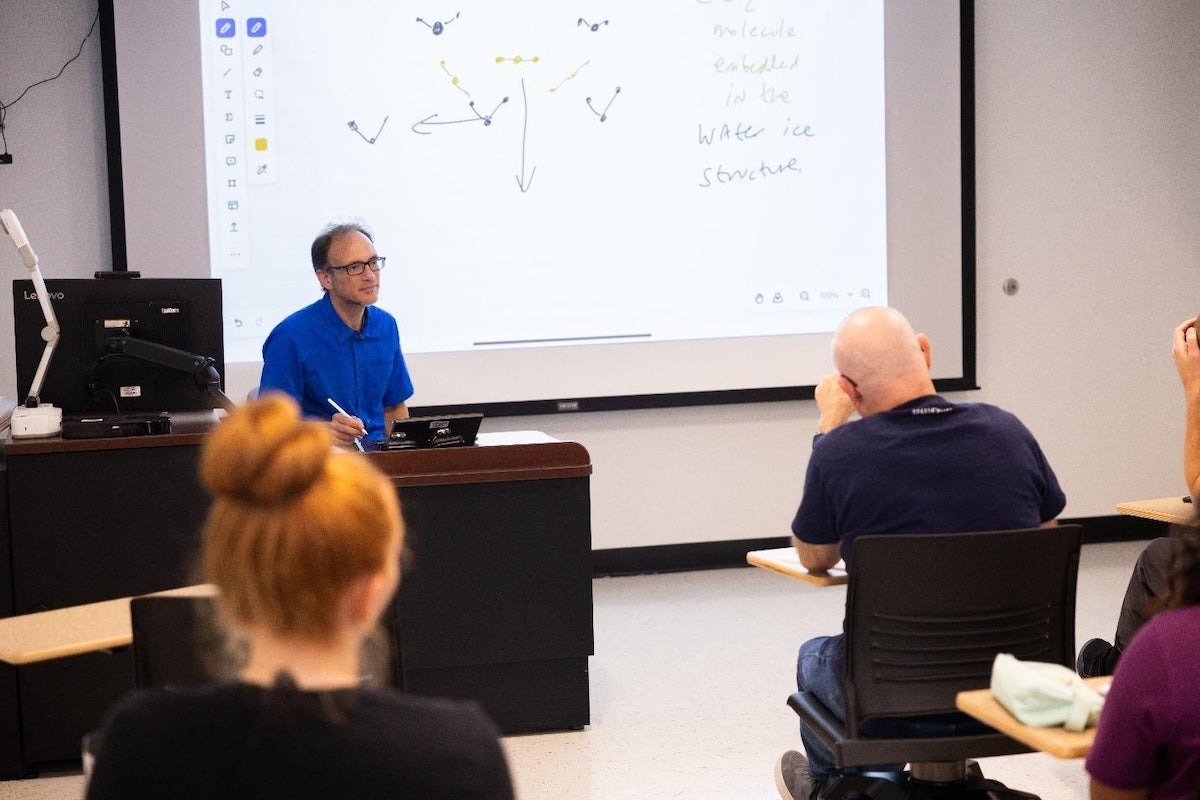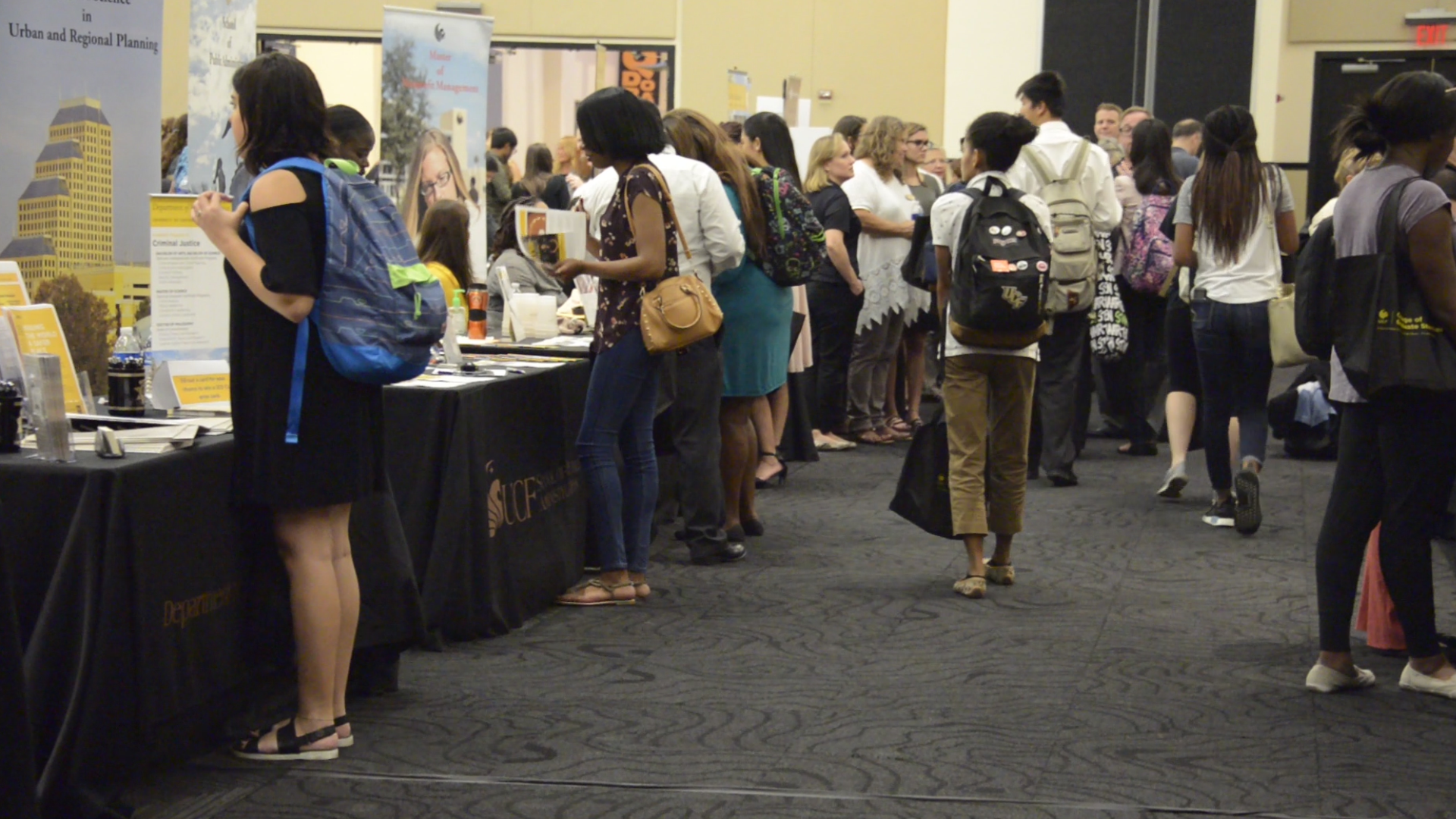UCF Researchers Awarded SEED Funding to Investigate Nano and Digital Technologies
Five UCF researchers have been awarded more than $450,000 in SEED funding thanks to a new collaboration between the UCF Office of Research and the international nano and digital technology research and development company imec.
Researchers from the College of Engineering and Computer Science, College of Optics and Photonics, College of Sciences, and College of Medicine are expected to commence their work by the beginning of the fall semester.
To be considered, projects had to engage in research and/or development activities in the areas of high performance integrated electro-optical devices, novel device concepts for integrated optical coherent transceivers, integrated radio-frequency transceiver architectures and devices for operation above 100GHz, and/or lens-free imaging and microfluidic devices to study bone cell activity in microgravity.
The projects are:
Assistant Professor Melanie Coathup
College of Medicine, Biionix Cluster
Awarded $98,344 to study the use of computational fluidic dynamics, microfluidic fluid flow, and a hind limb suspension model to investigate mass transport and in osteoporosis.
As humans prepare to return to the moon and travel to Mars and beyond, more knowledge is needed to better prepare for such journeys in space where gravity doesn’t work the same way it does on Earth. Coathup will use imec’s new LFI microscope to study how human cells respond to changes in fluid flow, like that encountered in space. Coathup anticipates the changes will elicit either a protective cellular response or a destructive one which would result in them secreting factors that cause bone loss. Understanding the impact will help better protect astronauts’ health during long-term space travel.
Assistant Professor Michael Kinzel
College of Engineering and Computer Science
Awarded $51,898 to study LFI-based measurements of microfluidic fluid flow to augment bone cell activity in altered gravity.
Kinzel’s project, which will use a microscope newly developed by imec, complements Coathup’s work. Kinzel will use the automated, wide-field-of-view microscope to study fluid dynamics impact on growth in altered gravity zones and create computer models to better understand the impact of how fluids — such as liquids found in the human body — work in these environments.
Professor Guifang Li
College of Optics and Photonics
Awarded $100,000 to study a few-mode/quasi single-mode platform for next-generation silicon photonic integration.
Li is investigating a silicon photonic integration platform based on waveguides that are more tolerant to fabrication errors. This platform is expected to not only improve the performance of integrated photonic devices and systems, but also increase yield in production. As a first demonstration, this platform will be employed to build a transceiver for free-space optical communication.
Professor Sasan Fathpour
College of Optics and Photonics
Awarded $100,000 to study ultra-broadband silicon photonics isolators and circulators for coherent transceivers.
Optical isolators are essential components for signal routing and blocking in several applications, such as laser protection and stabilization, optical networks, and coherent communication systems. Commercially available isolators, based on magnetic garnets, are bulky and their integrated forms have been elusive. This program aims at developing fully integrated optical isolators based on a novel approach that relies on altering the wavelength of optical signals and filtering techniques.
Assistant Professor Kaitlyn Crawford
College of Engineering and Computer Science, NanoScience Technology Center, Biionix Cluster
Awarded $99,999 to study electro-optic polymer development and performance measures for telecommunication and quantum applications.
Increasing network demands in healthcare and consumer industries are creating a surge in worldwide internet traffic and data storage needs. This demand stems from advancements and use of emerging technologies, such as telemedicine, the Internet of Things, and streaming online media. However, our current network technology is unable to support our growing, global network needs; thus, new solutions are urgently needed. Crawford’s research team is using the synergy found in engineering, chemistry, and polymer science to develop advanced materials for future use in telecommunication and quantum communication applications. This project paves the way for industry collaborations in Florida’s high-tech corridor while also providing an opportunity for graduate and undergraduate students at UCF to participate in high-impact research and career development.
Share This Article

UCF Women’s Club Honors 3 Graduate Students with Prestigious Sheila B. Somerville Scholarship
Financial support is often the cornerstone of academic success, and for many students, scholarships open the door to higher education. Beyond easing financial stress, these awards provide recognition, motivation, and a...
Latest News

UCF Launches 1st Planetary and Space Sciences PhD Program in Florida
As SpaceU, UCF is pushing the boundaries of exploration by launching a groundbreaking new doctoral program in the planetary and space sciences. Now, aspiring researchers can apply to the inaugural cohort of...

UCF Fulbright Awardees Bring Their Passions to a Global Scale
Each year, the Fulbright Program offers opportunities for American students to conduct research, teach English, or pursue graduate study abroad. One of the most prestigious international exchange programs in the...

Unleash Opportunities with a UCF Graduate Degree
A graduate degree has the power to unleash opportunities by expanding careers, opening doors to new fields, and increasing lifetime earnings. According to the U.S. Bureau of Labor Statistics (2024),...

UCF Rosen College Ranks No. 1 in the World for Hospitality Education for 2025
One of the most anticipated theme parks in the world is about to open its gates — and right next door, the No. 1 hospitality and hotel management school on...